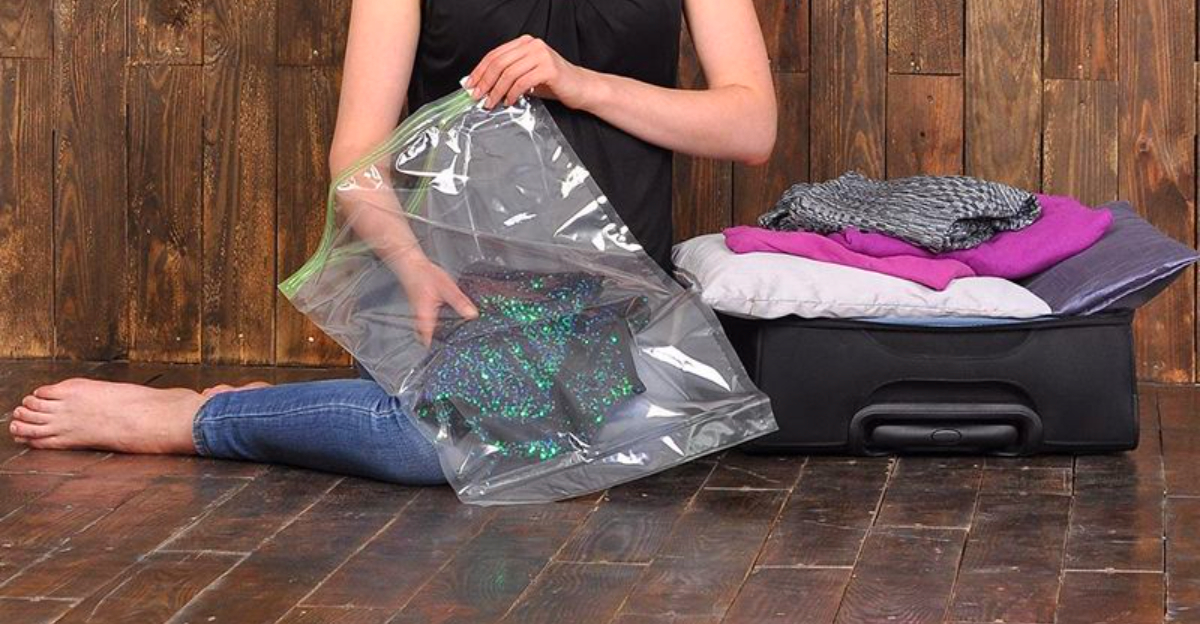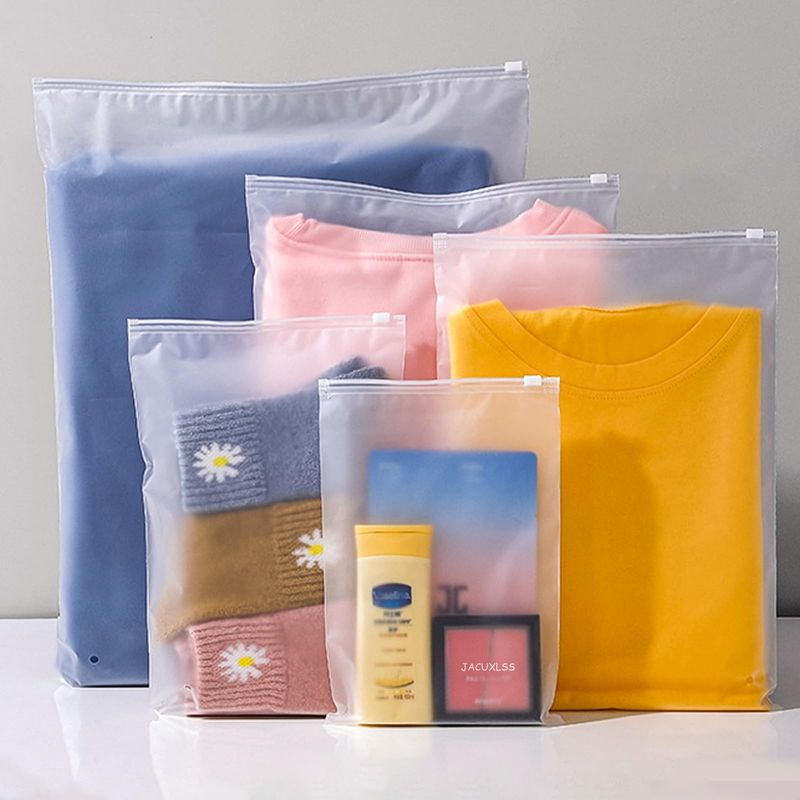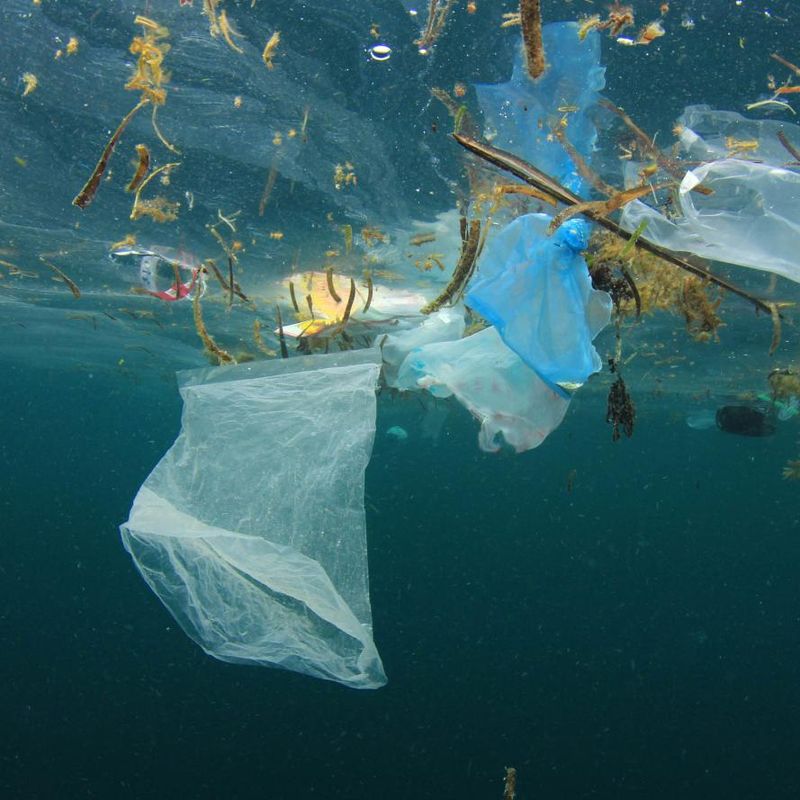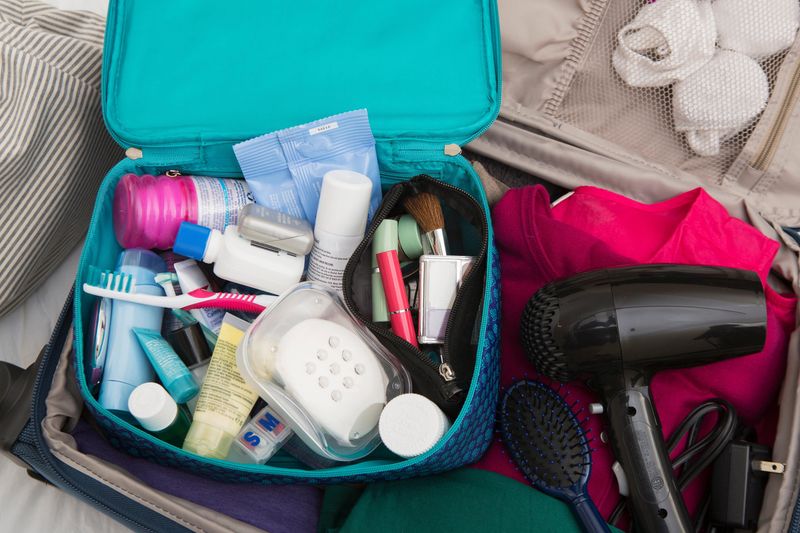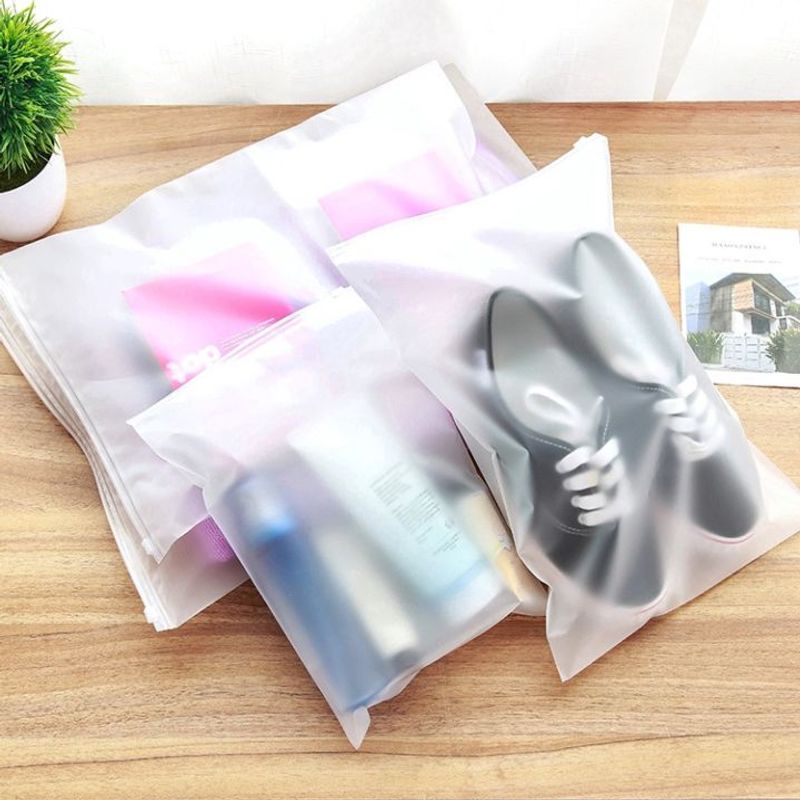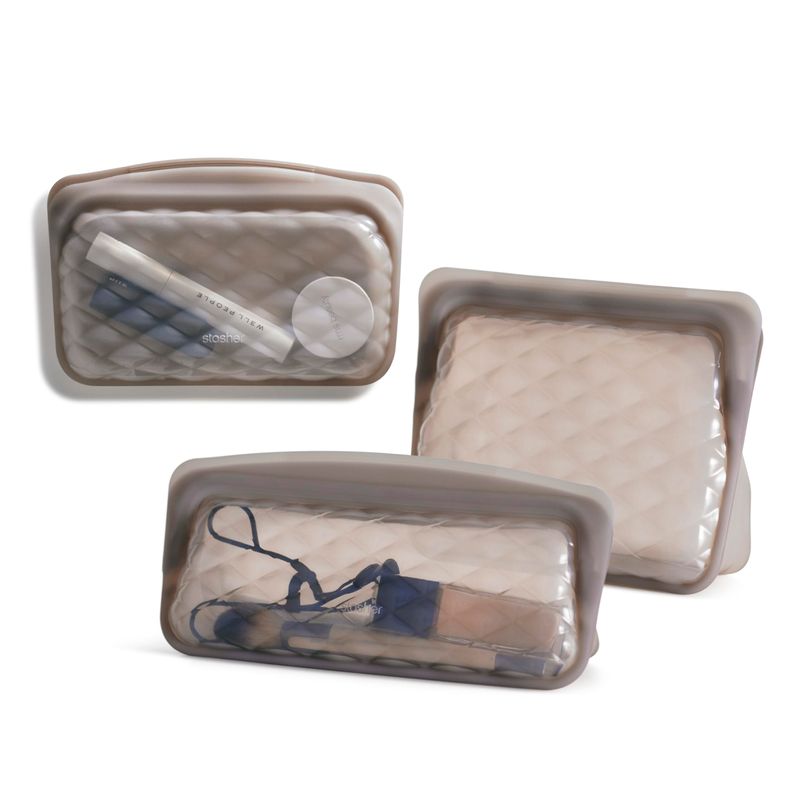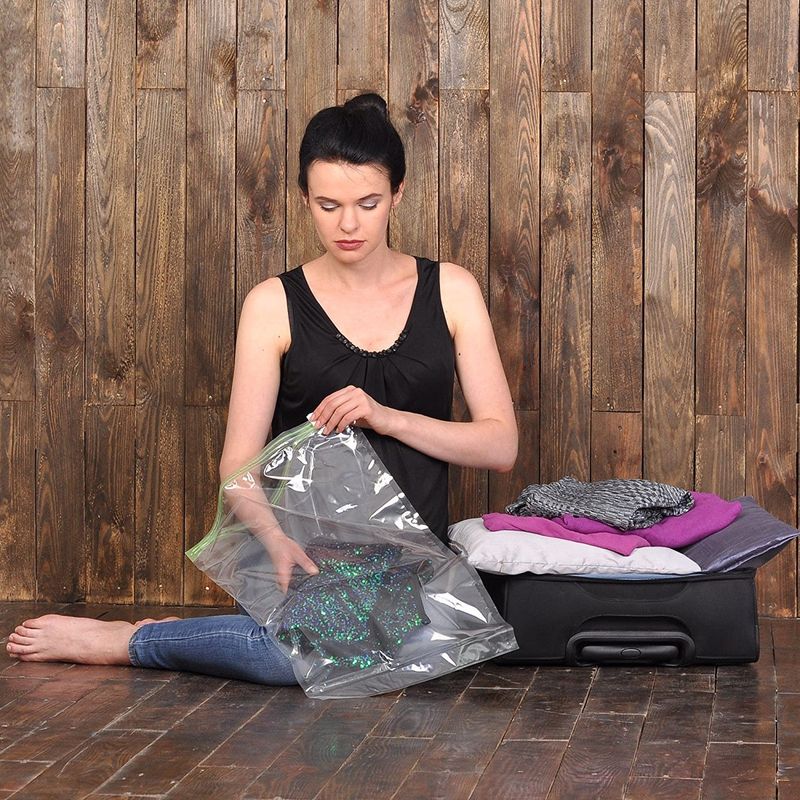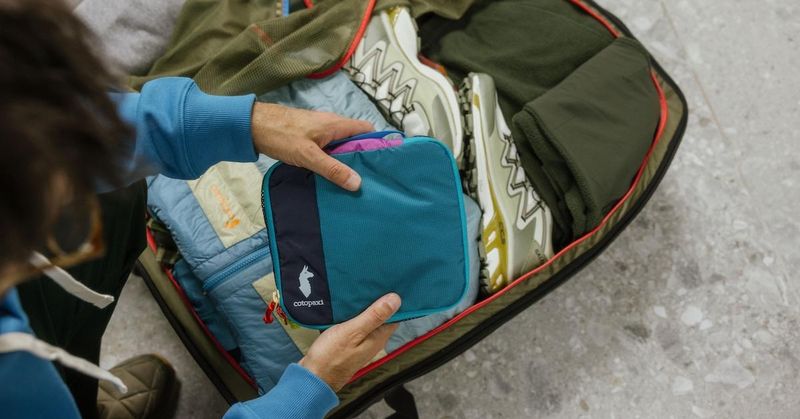Ziploc bags have been a travel staple for decades, tucked into carry-ons and suitcases around the world. But as we move into 2025, more travelers are discovering these plastic baggies aren’t as practical or planet-friendly as they once seemed. From environmental concerns to durability issues, there are plenty of reasons to rethink your packing routine and explore smarter alternatives that work better for you and the Earth.
1. Airport Security Doesn’t Require Ziploc Specifically
You’ve probably heard the rule: liquids, gels, and aerosols under 3.4 ounces must fit inside one quart-sized, clear, resealable bag. But here’s a secret many travelers don’t realize—it doesn’t have to be a Ziploc brand bag at all.
Airport security, including the TSA, only requires that your bag is transparent and resealable. They don’t care about the brand name on the plastic. Multiple bags aren’t allowed, and overfilled ones will force you to toss items out at the checkpoint.
A sturdy reusable clear toiletry pouch meets the same standards and is TSA-approved. Unlike flimsy plastic bags that tear mid-trip, these pouches last for years and keep your liquids secure through countless adventures.
2. Single-Use Plastic Is Outdated and Harmful
Made from polyethylene plastic, Ziploc bags are difficult to recycle and usually end up in landfills or oceans. Most recycling centers won’t accept them because they’re too thin and often contaminated after use. That means every bag you toss contributes to a growing waste problem.
Recent lawsuits have raised questions about whether Ziploc-type plastics release microplastics into food when heated or frozen. This ongoing environmental and health concern has many people worried in 2025.
One trip can easily add dozens of single-use bags to global waste. Switching to reusable options saves money over time and reduces your environmental footprint, making travel more sustainable for everyone.
3. They’re Not as Leak-Proof as You Think
Ever unzipped your luggage to find shampoo or sunscreen coating your favorite clothes? That nightmare happens more often than you’d think. Ziploc bags weren’t designed for high pressure or rough handling during travel.
In cargo holds or backpacks, sharp edges and weight shifts can pop seals or tear corners easily. The plastic just isn’t tough enough to withstand the bumps and jostles of real-world travel conditions.
A single leak can ruin electronics, important documents, or entire outfits—and that’s a mess no traveler wants to deal with. Investing in leak-proof alternatives protects your belongings and saves you from frustrating cleanup disasters on the road.
4. Plastic Can Break Down in Extreme Temperatures
Extreme temperatures can do serious damage to plastic bags. Whether it’s a hot car, a tropical destination, or a freezing airplane cargo hold, plastic becomes brittle, sticky, or chemically unstable over time.
While Ziploc products are BPA-free, other chemical additives can still degrade with repeated reuse or temperature changes. That’s definitely not ideal when you’re storing snacks, skincare products, or anything else you put near your body.
Heat can cause plastic to leach unwanted chemicals into your stored items. Cold can make bags crack and tear more easily. For travelers heading to varied climates, relying on plastic bags means risking both product damage and potential health concerns.
5. Reusable Alternatives Are Smarter and Longer-Lasting
Travelers in 2025 are trading disposable baggies for durable, leak-proof, eco-friendly options that actually work better. Reusable silicone bags like Stasher are dishwasher safe, heat and freeze resistant, and completely leak-proof—perfect for toiletries, snacks, wet swimsuits, and tech accessories.
Clear TSA-approved toiletry pouches are built to last and easy to clean while staying compliant with security rules. Beeswax wraps or fabric food bags offer plastic-free, compostable options reusable hundreds of times for dry snacks and produce.
Stainless steel or glass containers provide ultimate leak protection without any plastic. Compression packing cubes replace bulky bags for organizing clothes and electronics efficiently, saving space in your luggage.
6. Reusables Save You Money in the Long Run
While Ziploc bags seem cheap at first glance, replacing them after every trip adds up quickly. Buying box after box year after year drains your wallet more than you realize. Those few dollars here and there become significant over time.
Reusable silicone or fabric bags last for years, and many come with lifetime warranties from manufacturers. That means you invest once and never have to repurchase. High-quality gear pays for itself after just a few trips.
Calculating the actual cost shows reusables are the smarter financial choice. You’ll spend less money overall, create less waste, and enjoy better performance from products designed specifically for travel demands.
7. It’s About Traveling Smarter and Greener
Being a mindful traveler in 2025 means packing consciously and thinking about your impact. Swapping plastic for reusable materials is a small change that creates a big impact—less waste, fewer leaks, and a lighter environmental footprint wherever you go.
Modern travelers care about sustainability without sacrificing convenience or quality. The best reusable options actually work better than disposable plastic, keeping your belongings safer and more organized throughout your journey.
Pack once, use forever—that’s the new travel motto gaining popularity worldwide. Choosing durable, eco-friendly alternatives shows you care about the planet while enjoying better functionality and reliability on every adventure you take.
